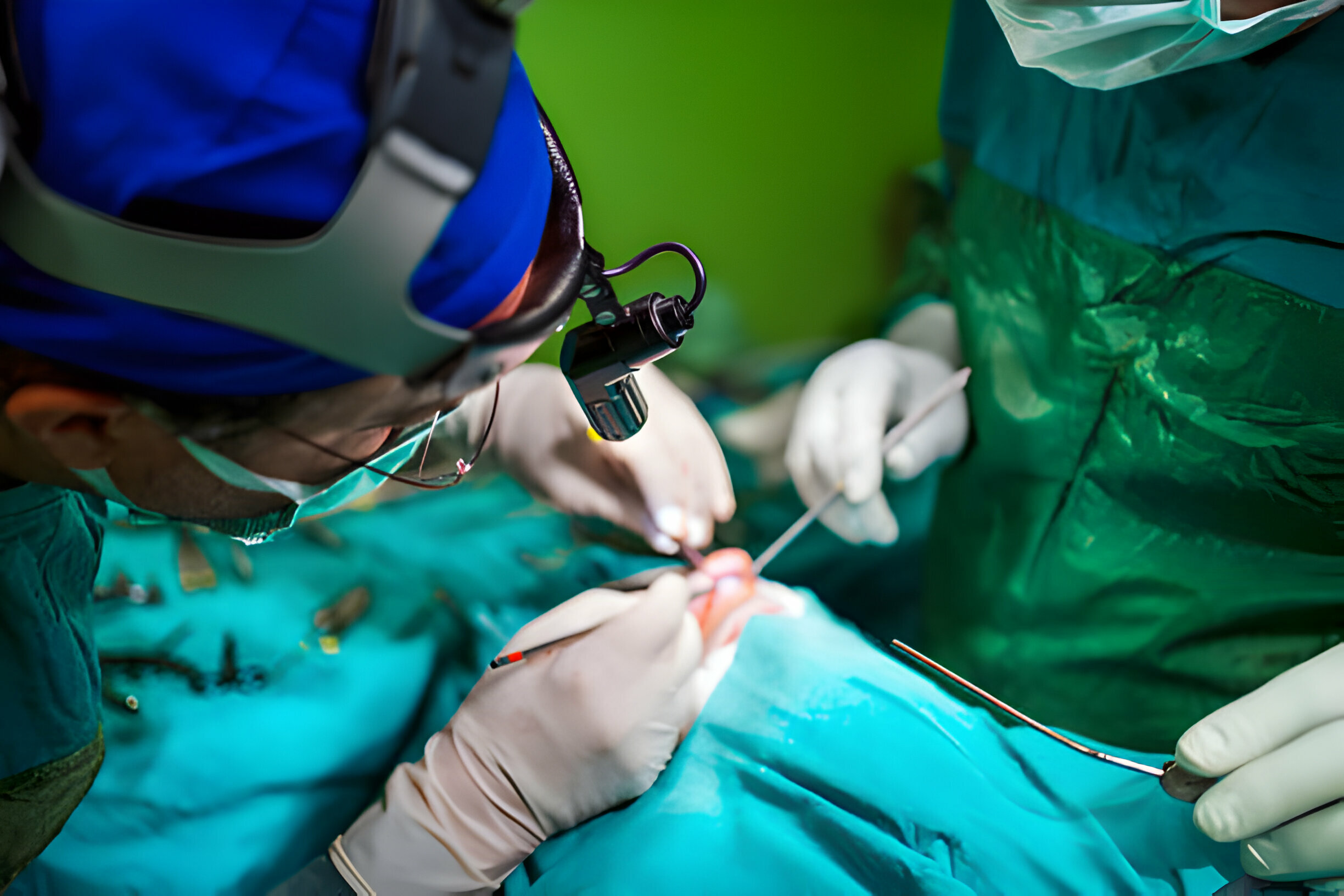Yet millions around the globe face traumatic brain injuries that demand immediate attention each year. Yet, the intricacies of surgical procedures remain a mystery to many. Be it from the precision required to remove a clot to the miracle of repairing damaged structures within the skull, the realm where the human quality of resilience joins with medical creativity in several astonishing ways is the arena of neurosurgery.
The evolution of surgical techniques that have transformed outcomes once thought hopeless makes this journey into the brain still more gripping. Employing technological advances during the procedures and a deeper understanding of how the brain functions has made procedures considered the last resort to be conducted at higher success rates.
But behind the operating theatre’s sterile environment is the story of the human being, the story of each procedure weighed by technical accuracy and the hopes and fears of the patient and the people who love him.
Here, the will involved in doing such a feat is not only strong but a testament to human tenacity or the will to heal or better continuously despite the odds.
Types of Head Injury
Head injuries are categorized into main types.
Concussion
A concussion is a traumatic brain injury that occurs following an impact on the head or following a jarring, for example, due to a fall or a car accident. A concussion might present as a headache, confusion, dizziness, or loss of consciousness for a short period of time, or the person may be entirely free from any symptoms. Rest and observation are the main course of action for the person who has had a concussion.
Skull Fractures
A skull fracture is a broken bone in any part of the skull caused by a high-impact force transmitted to the head. The break can be linear, depressed, diastatic, or basilar and of varying severity. Brain injury occurs in some skull fractures as a result of the bone’s penetration into the brain tissue.
Contusion
The injury is on the brain itself and results from the direct impact on the head. The major mechanism of injury in the brain with contusion is breaking the fine blood vessels called capillaries. This results in an inflow of blood into the brain tissues with both mild and severely damaged contusions. Surgical evacuation of the blood from the brain with a contusion may be needed to reduce the level of increased pressure.
Coup-Contrecoup Injury
This pertains to an injury in which the force applied to hit the head is so great that it causes injury to the site of impact (coup) and to the whole of the opposite brain side (contrecoup). It’s often seen in severe head traumas, where the brain is jolted back and forth inside the skull.
Diffuse Axonal Injury
Diffuse axonal injury (DAI) is a type of TBI in which the brain moves back and forth very rapidly within the head, for example, in high acceleration or deceleration. This might shear or tear the brain’s long connecting nerve fibers (axons). DAI can cause a coma and severe brain damage.
Epidural Hematoma
An epidural hematoma is a blood collection found between the dura mater—a rather rigid dural layer of the central nervous system—and the skull. It can result from an injury that breaks veins associated with a serious head injury, causing pressure to build up in the skull and requiring emergency medical treatment.
Subdural Hematoma
Subdural hematoma is the accumulation of blood between the dura mater and the brain. This is often caused by vein tears caused by a sudden or violent jolt. Symptoms may begin gradually within days or weeks, with headache, confusion, and drowsiness. It can be diagnosed medically in both types.
Hemorrhage
Bleed within the brain tissue itself, produced by a violent blow to the head. It may be caused by high blood pressure, aging, and certain medications. Symptoms: severe headache, nausea, vomiting, unconsciousness loss.

Possible Surgical Interventions for Head Trauma
The development of highly complex medical technology improved the success of such surgeries. However, patients and their relatives must be educated about probable complications that might appear postoperatively. They vary in a number of instances and might influence recovery.
Infections
Of course, it is normal that infection may occur after surgery. In the case of head surgery, the risk is in the incision site in the scalp or the cranium. Signs of infection may appear as fever, increased pain, swelling, redness, and discharge from the incision site.
The most severe infection could result in meningitis, the inflammation of the meninges, the protective membranes covering the brain and spinal cord. The result in the patient can be headaches, fever, a stiff neck, and confusion. This state is extremely dangerous and might lead to death.
Most preoperative treatments include giving patients antibiotics, which are usually prophylaxis. However, the duration tends to be longer in immunocompromised persons. Monitoring the patient post-surgery is also integral to preventing infections.
In the case of wounds, such patients and caregivers are supposed to heed all the care instructions given by the healthcare providers, including cleaning the wound at intervals and changing bandages at advised times.
Brain Edema and Swelling
Other complications that may result from head surgery are edema and swelling of the brain. This is increased pressure in the skull caused by fluid accumulation in the brain. It may cause symptoms of headache, nausea, vomiting, drowsiness, and weakness on one side of the body. Brain edema may even cause damage to the brain and fits, and it may be a life-threatening condition in some cases.
Management of inflammation post-surgery is done using medications such as corticosteroids. In contrast, blood pressure is maintained through the use of fluids. Keeping the head above the level of the heart is also very helpful. These signs might change over time and, in some patients, might be completely absent.
It is important to monitor patients for changes in these signs, which may mean the patient is improving. This may help ensure the constant effectiveness of treatment by medical professionals, who will adjust accordingly. The patient should inform the doctor if there is any occurrence of new or worsening symptoms.
Bleeding and Hematomas
A serious complication of post-head surgery that may occur is bleeding within the skull or hematoma. A hematoma may form if blood vessels are injured during the surgery. This leads to blood collection outside or inside brain tissue.

Bottom Line
Remember that although cerebral palsy is
While not all head traumas require surgery, for many patients, these procedures can be lifesaving or crucial in preventing further neurological damage. Each type of surgery has specific indications, procedures, and potential complications, which a skilled neurosurgical team needs careful consideration.
lifelong, early identification and intervention can greatly change the course and improve the quality of life. Thus, informed parents are in the right position to take good care of their child with cerebral palsy in the best way possible.

